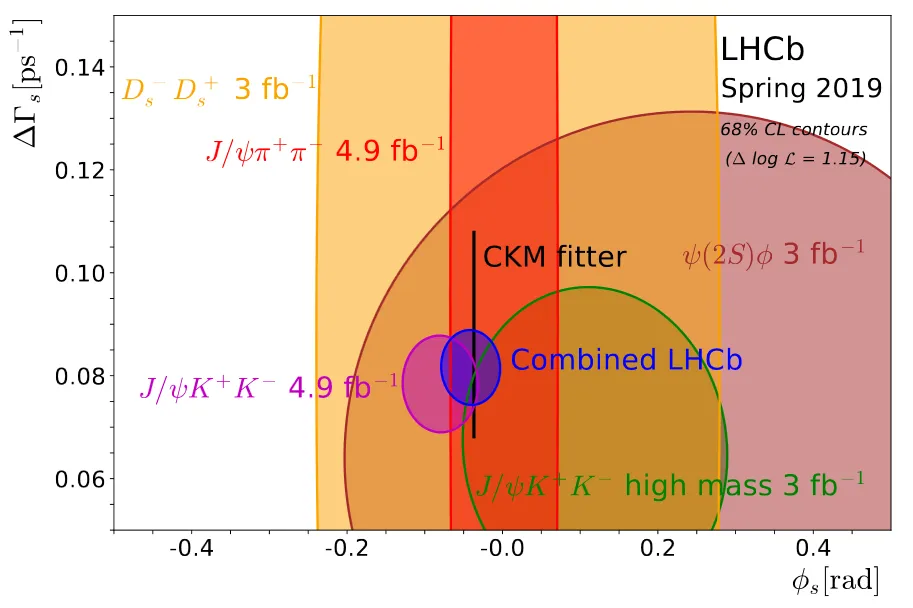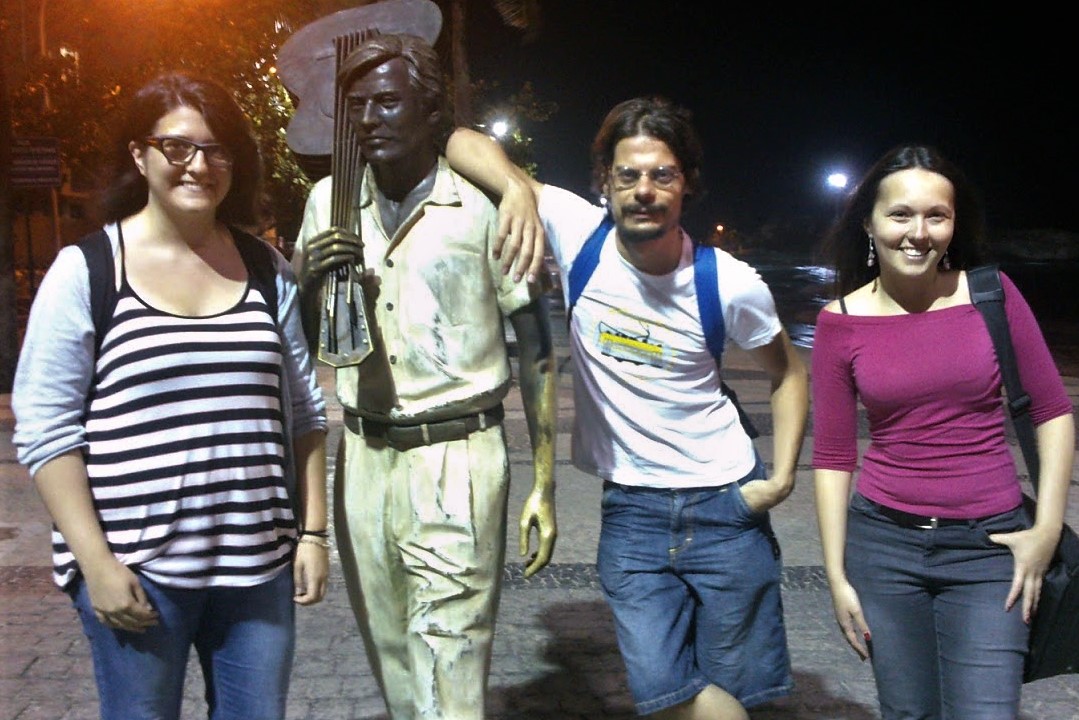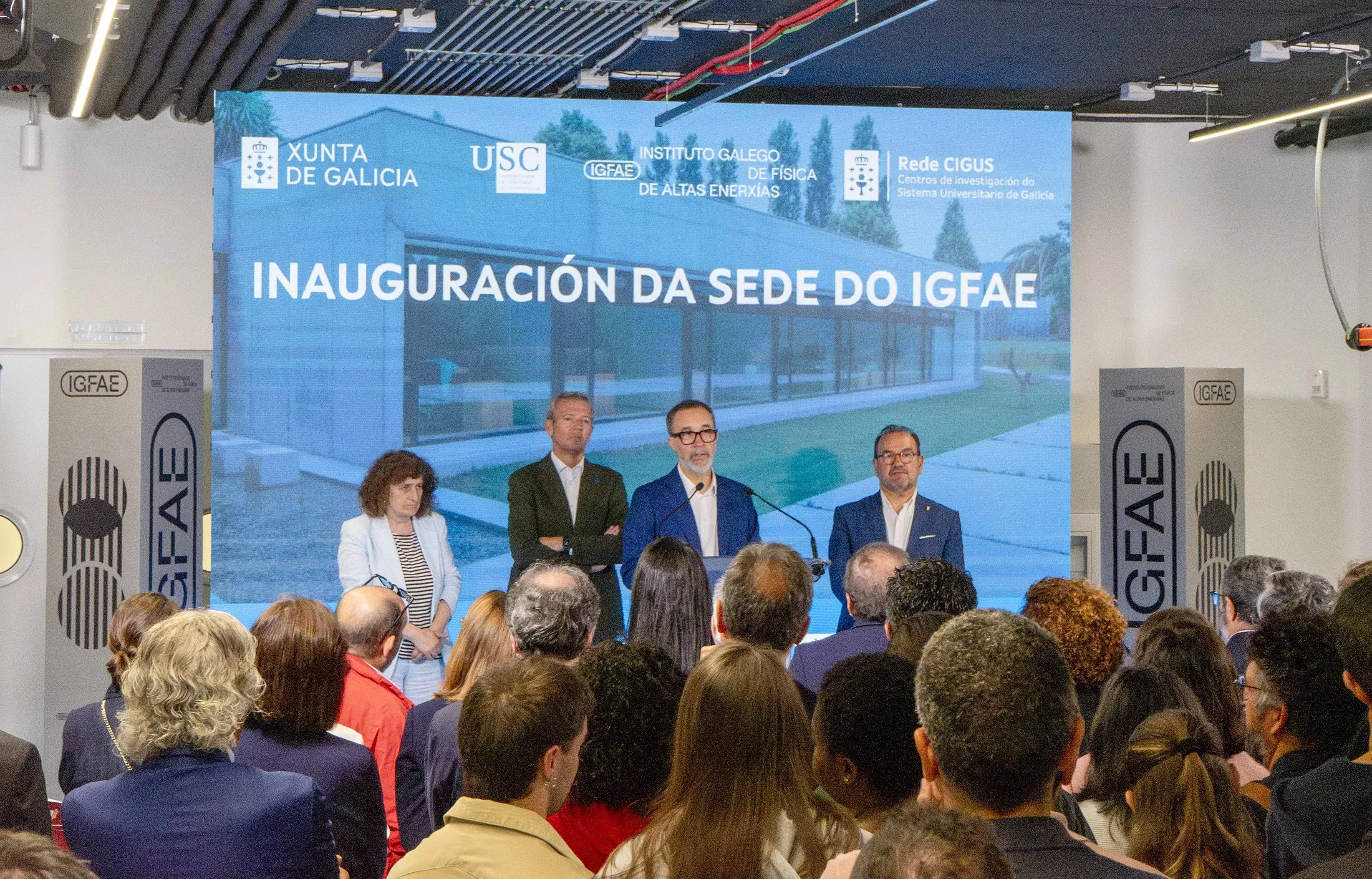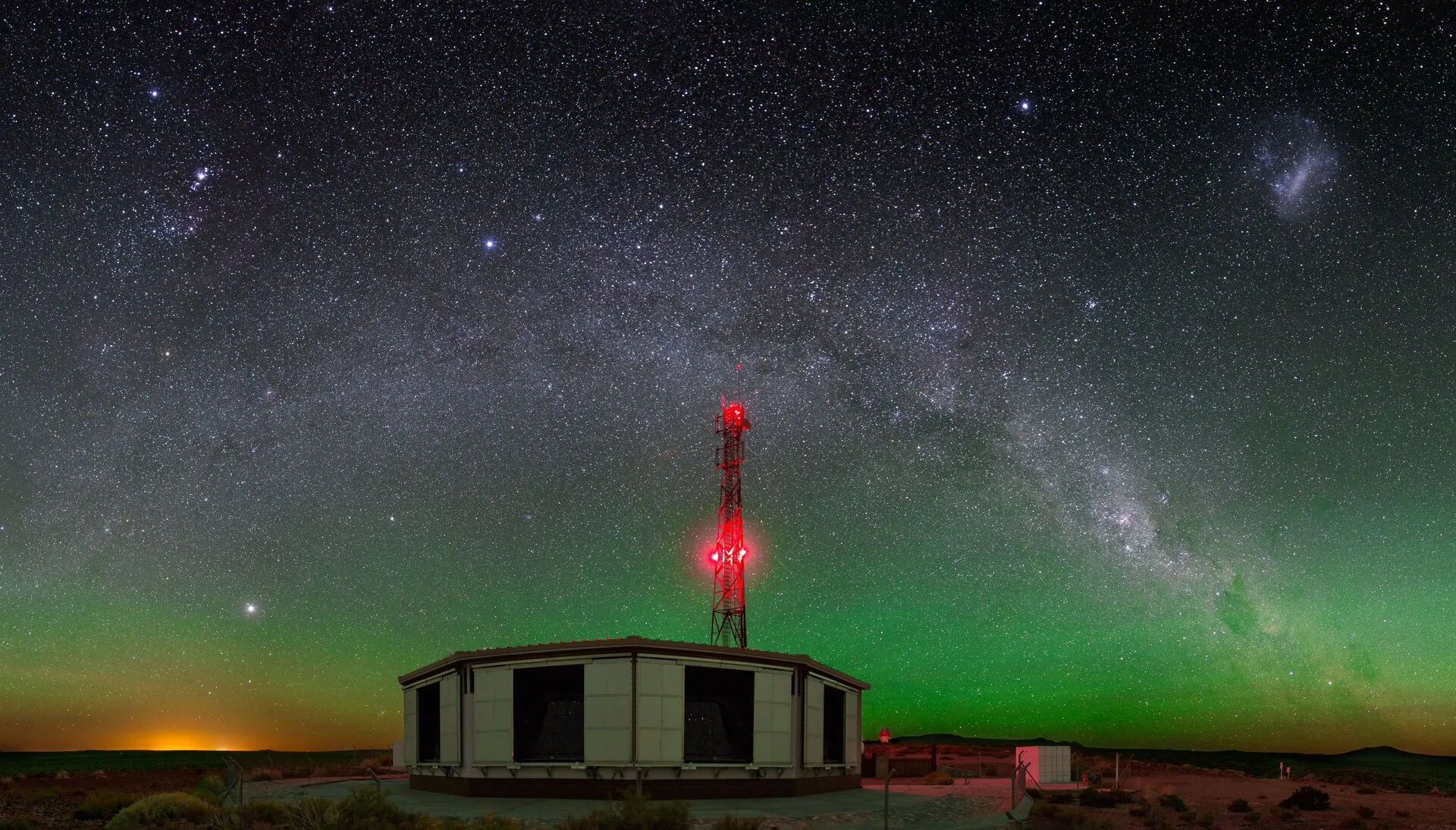A colaboración internacional do LHCb, un dos sete experimentos do Gran Colisionador de Hadrones (Large Hadron Collider, LHC) do CERN, enviou uns resultados á European Physics Journal C o 21 de xuño que poderían proporcionar novas pistas para esclarecer a orixe e a composición da materia escura, así como o motivo polo que a materia prevaleceu sobre a antimateria tras o Big Bang: a análise máis precisa dunha fase da asimetría CP no proceso de desintegración do mesón Bs0. Estas medidas, coordinadas pola investigadora do Instituto Galego de Física de Altas Enerxías (IGFAE) e profesora da USC Veronika Chobanova e Francesca Dordei do Istituto Nazionale dei Fisica Nucleare (INFN), supoñen ademais o último paso antes de realizar a medida final con todos os datos deste experimento.
O mesón Bs0, é unha partícula composta principalmente por dous quarks —b, bottom e s, strange– que se transforma espontaneamente na súa propia antipartícula para despois volver converterse nun mesón Bs0. Esta especie de “tic-tac”, motivado pola interacción destes hadrones co campo de Higgs, continúa ata a súa desintegración, e medir as súas propiedades de transformación, a frecuencia e fase, pode revelar novos aspectos sobre a composición do devandito campo. Durante ese proceso, prodúcese unha asimetría no comportamento dalgúns quarks inestables, denominada violación CP, que explicaría a discrepancia observada entre a materia e a antimateria. Se ambas foron creadas no inicio do universo por igual coas mesmas propiedades, salvo na súa carga eléctrica, deberían haberse aniquiliado. Con todo, algún fenómeno aínda descoñecido tivo que ocorrer para que a materia impuxésese, formando os atómos que compoñen todo o que existe ao noso ao redor.
A análise máis rigorosa e consistente co Modelo Estándar
Para obter estes novos resultados da asimetría CP no proceso de desintegración do mesón Bs0, combináronse datos do segundo ciclo de funcionamento (Run 2) do LHC en 2015 e 2016 con medidas anteriores de leste mesmo tipo de desintegración e outras relacionadas, obtendo, nun único experimento, o valor máis rigoroso ata a data consistente con prediciones do Modelo Estándar e análises previas do LHCb.
“Estudar estas oscilacións quark-antiquark tamén prové de información sobre a posible existencia de novas partículas, como as supersimétricas”, explica o investigador do IGFAE e do programa Oportunius da Xunta Diego Martínez Santos, quen tamén asina este traballo grazas á Starting Grant do Consello Europeo de Investigación (ERC) obtida en 2015 pola que regresou a Galicia para formar o seu equipo. A este sumouse Veronika en 2015 e Miriam Lucio Martínez, agora investigadora posdoutoral no National Institute for Subatomic Physics (NIKHEF), en Países Baixos. Estas partículas supersimétricas poderían aclarar a orixe e composición dunha das maiores incógnitas, a materia escura, e explorar novos fenómenos que superen as dificultades sen resolver do Modelo Estándar, teoría que explica as interaccións entre as partículas que compoñen a materia.
Ademais do IGFAE, o equipo de análise desta publicación conta con 18 membros doutras cinco institucións europeas e dúas chinesas: National Institute for Subatomic Physics (NIKHEF), Consello Europeo para a Investigación Nuclear (CERN), University of Edinburgh, Ruprecht-Karls-Universität Heidelberg, Istituto Nazionale di Fisica Nucleare (INFN), Tsinghua University e Central China Normal University (CCNU).
Artigo: “Updated measurement of time-dependent {it CP}-violating observables in B0s→J/ψK+K− decays”
Novas relacionadas:
- Updated measurement of the CP-violating phase φs.
- Interview with Veronika Chobanova
- Desde la USC hasta el CERN
- Unha investigadora do Instituto de Física coordinará unha análise de datos do CERN
Imaxe 1: a imaxe superior mostra as diferentes medicións de LHCb de φs utilizadas para o resultado combinado, mostrándose en azul no plano φ s-ΔΓs. Os contornos Bs0→J/ψK+K– ( magenta) e Bs0→J/ψπ+π– (vermello) están marcados 4.9 fb-1 e representan combinacións de datos do Run 1 e Run 2. As predicións do Modelo Estándar obtidas polo grupo CKMfitter indícanse polo rectángulo negro delgado (a colaboración UTFit tamén obtivo un resultado similar).
Imaxe 2: os investigadores do IGFAE que participaron a análise: Miriam Lucio Martínez, investigadora posdoutoral no NIKHEF na actualidade, e Diego Martínez Santos e Veronika Chobanova. Crédito: IGFAE.







